The other day some customer, perhaps his vision going even faster than his receding hair line, suggested that pate reminds him of cold meatloaf. I wanted to scream, "bologna!" But I bit my tongue and bit a cracker. Pearls for swine, I say. Since I couldn't give him an education, allow me a rant. Or just a lecture.
Pâté' and terrine derive their name from the vessels in which they are cooked, the containers often made from clay or enameled cast iron rectangular. Pate and terrine are also names for those same foods, which come in multiple shapes, flavors and ingredients. For instance, liver pâté can be prepared bounded by non-liver meats, while "a torchon of foie gras," will be composed of livers from several animals, say duck or geese. And terrines, which are often intricately designed can also be served hot as well as cold.
Recently I have been working on "foie gras torchon," which is sometimes cured with salt or bound in cloth and poached. It is an elegant and sometimes-controversial dish, namely because of the "fois," which for a long time faced a Californian ban on its sale and consumption. Now that it has ended, my chef pals and I are cheering. Okay, I'm a heartless human. But then don't all waiters know that about their chefs?
Regardless, to those who consider pate just day-old meat loaf, I recommend only one cook for all your meals until your final days. His name is Oscar Meyer. Otherwise, explore the varieties we chefs can offer. My recent menu terrine was made from rabbit, studded with truffles, and yes, foie gras. And on a request at work for a lobster terrine, we pulled out the tubular molds, poached salsify in milk, blanched leeks and lobster to make it happen. Anyway, I hope this terrine of sentences encourages more pleasure in this form of charcuterie.
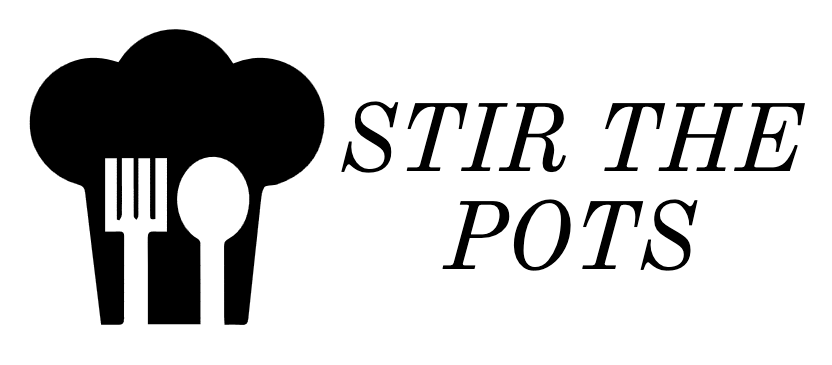
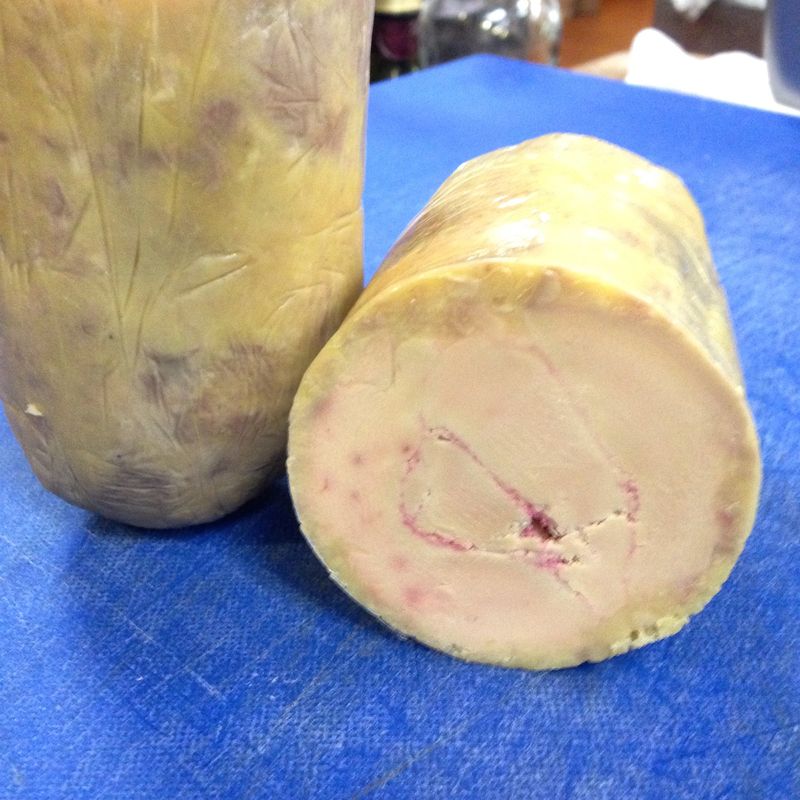
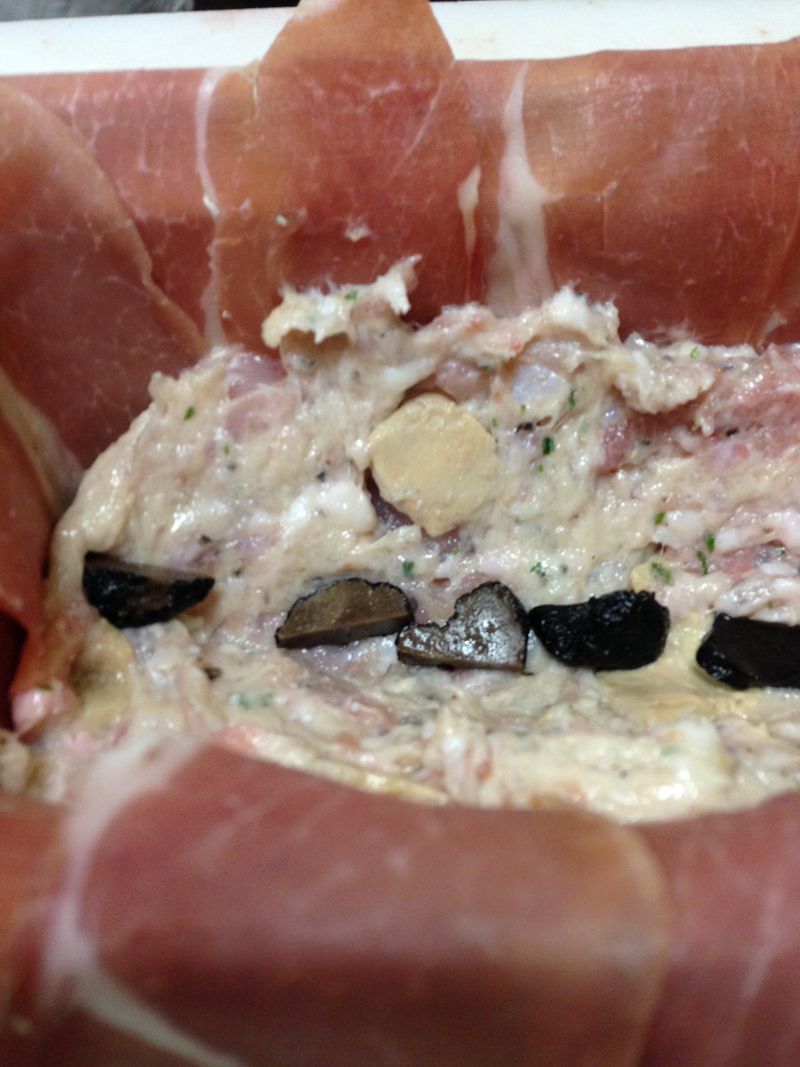
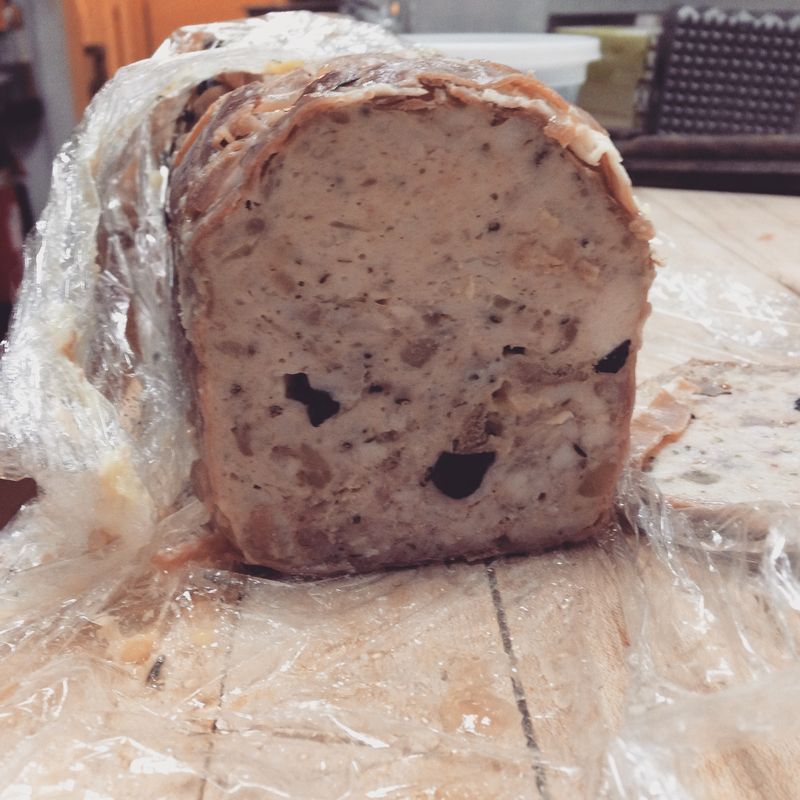
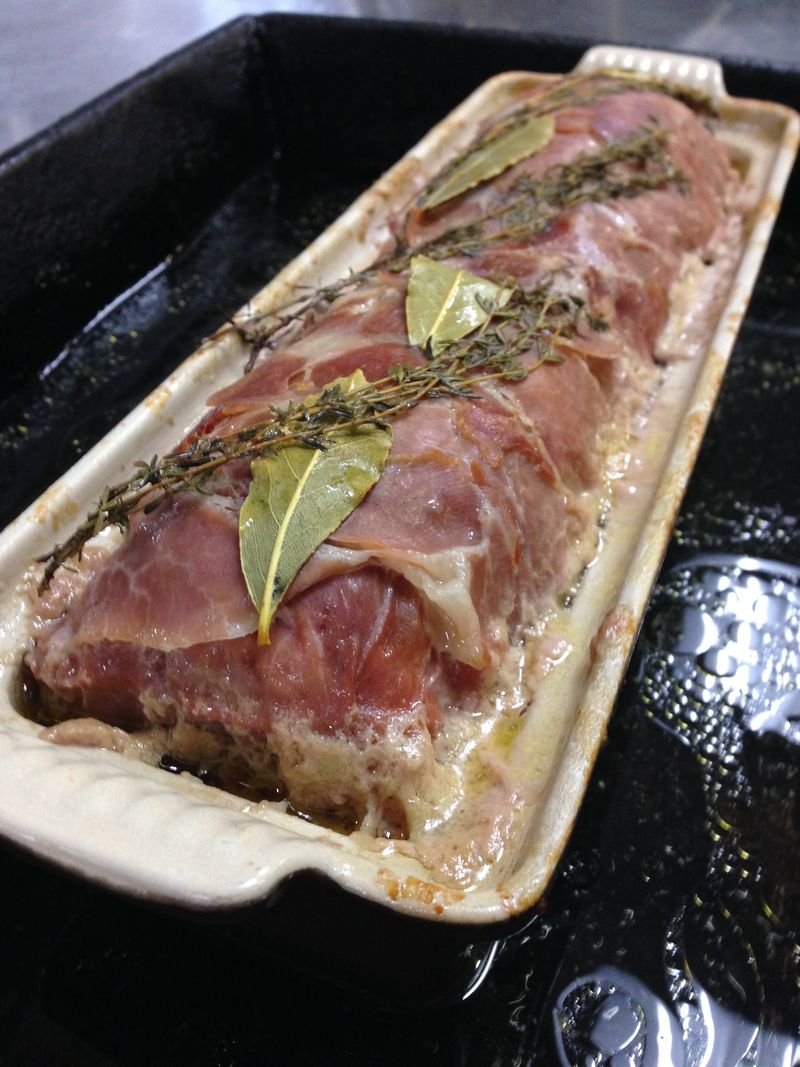
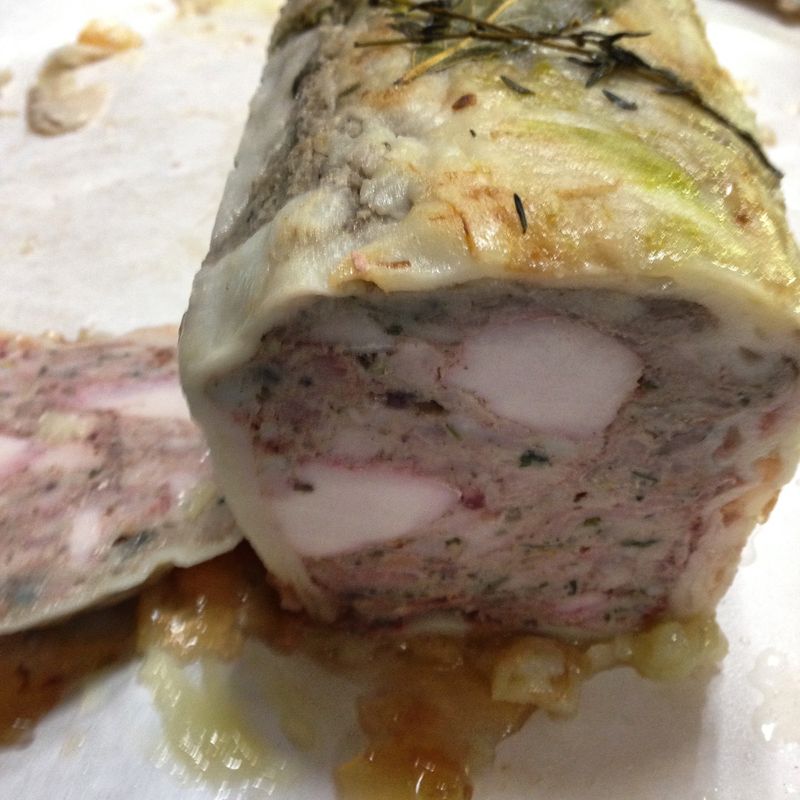
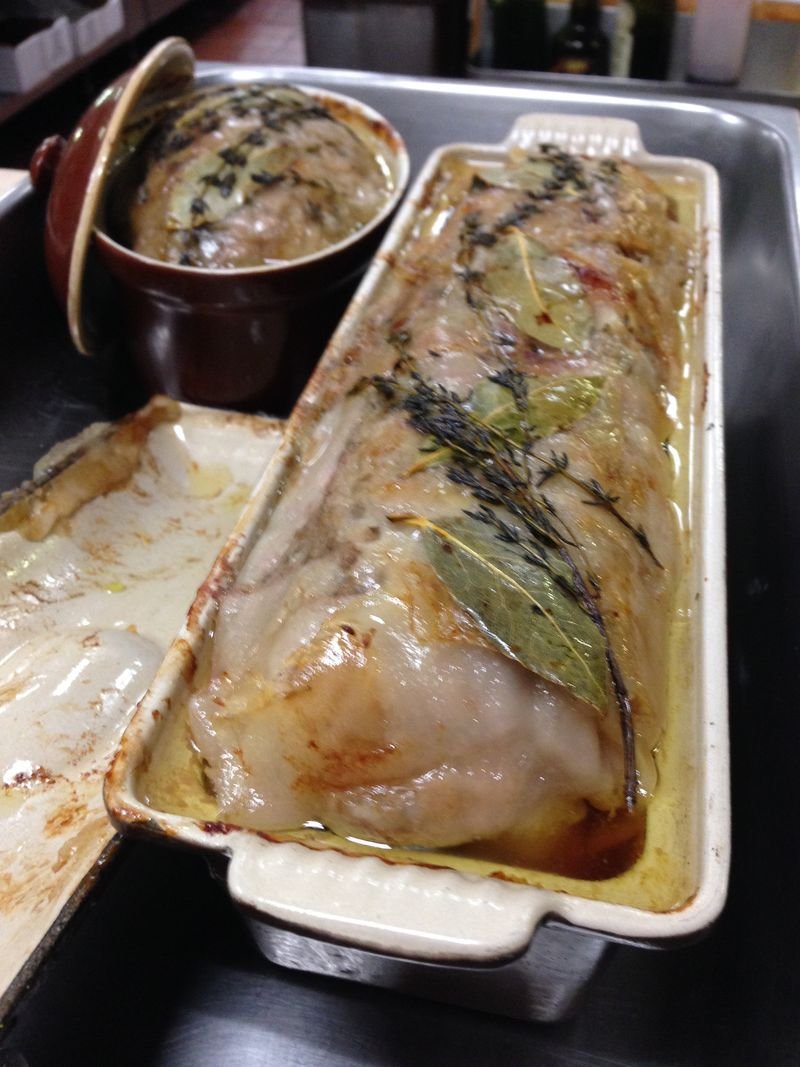
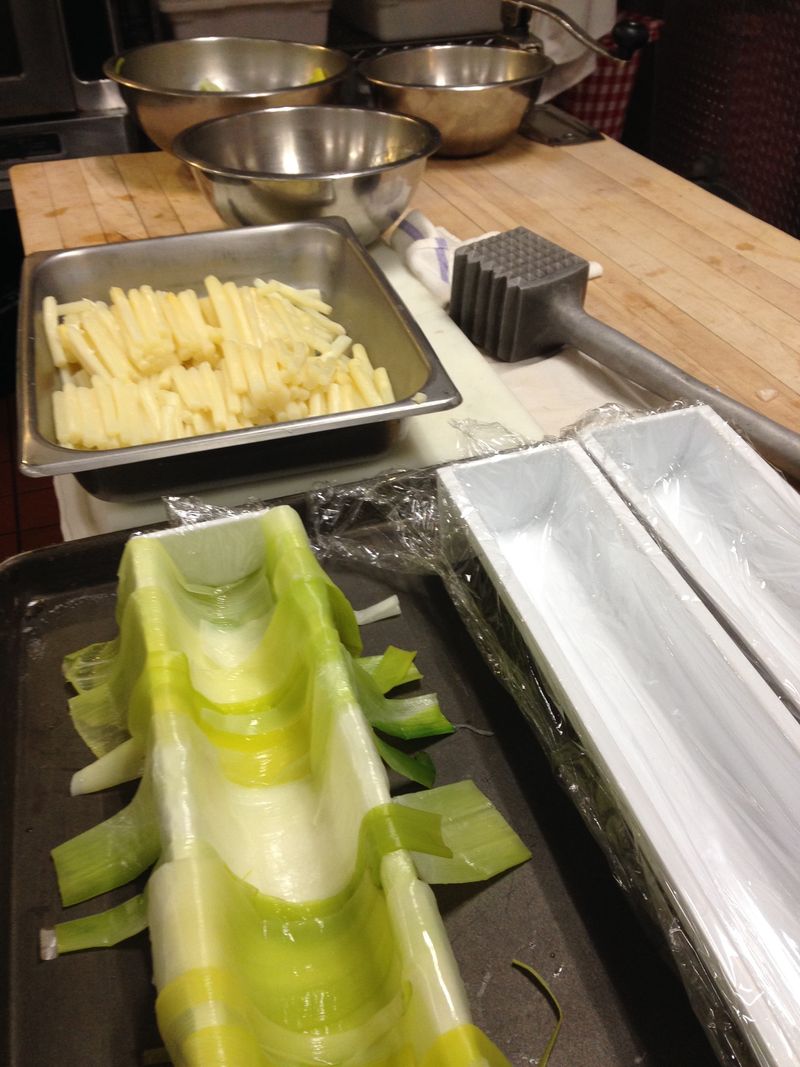
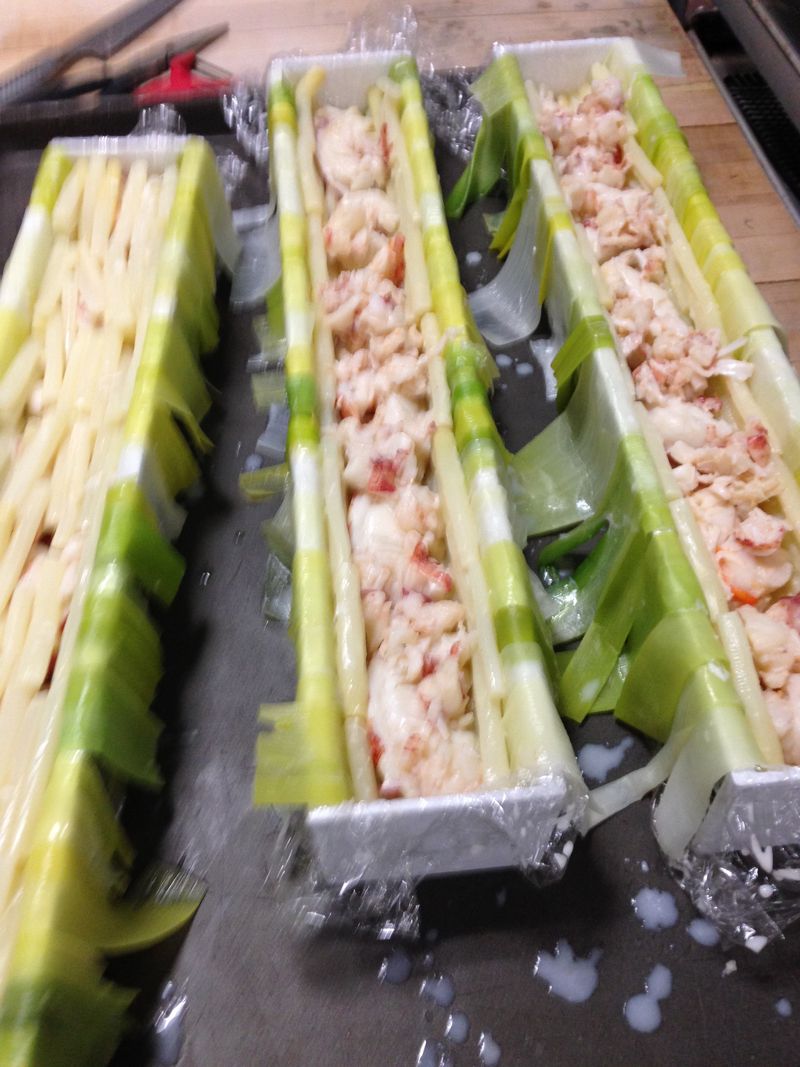
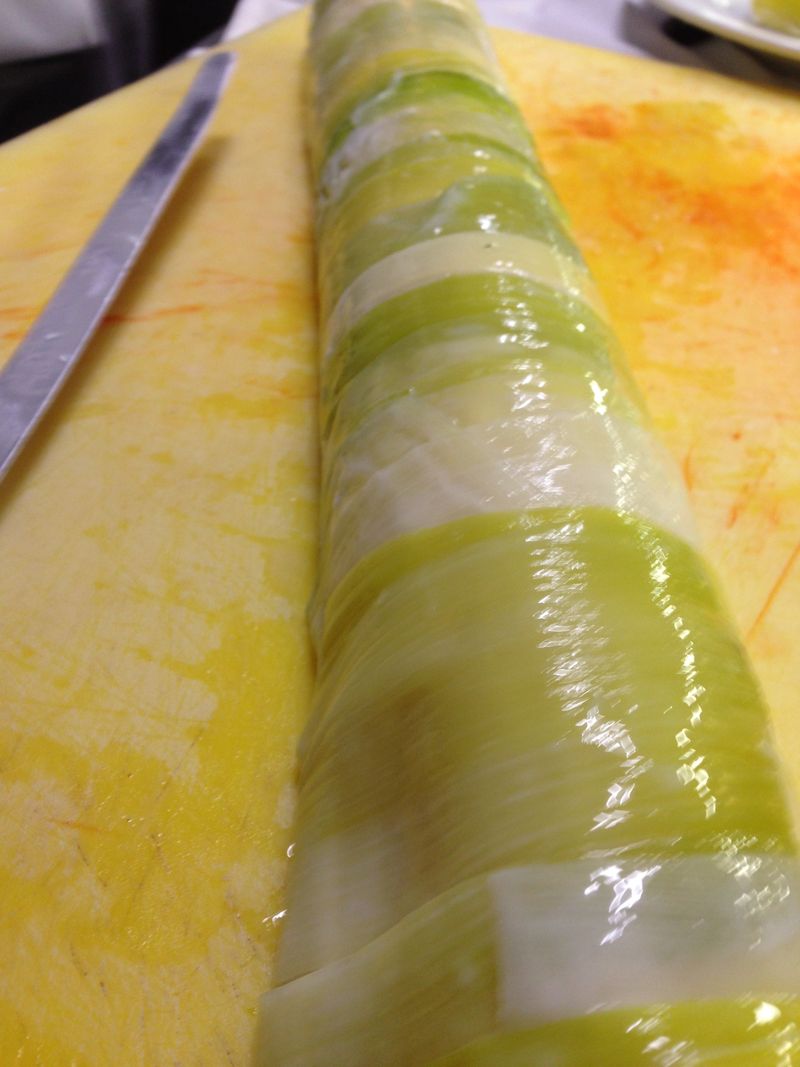
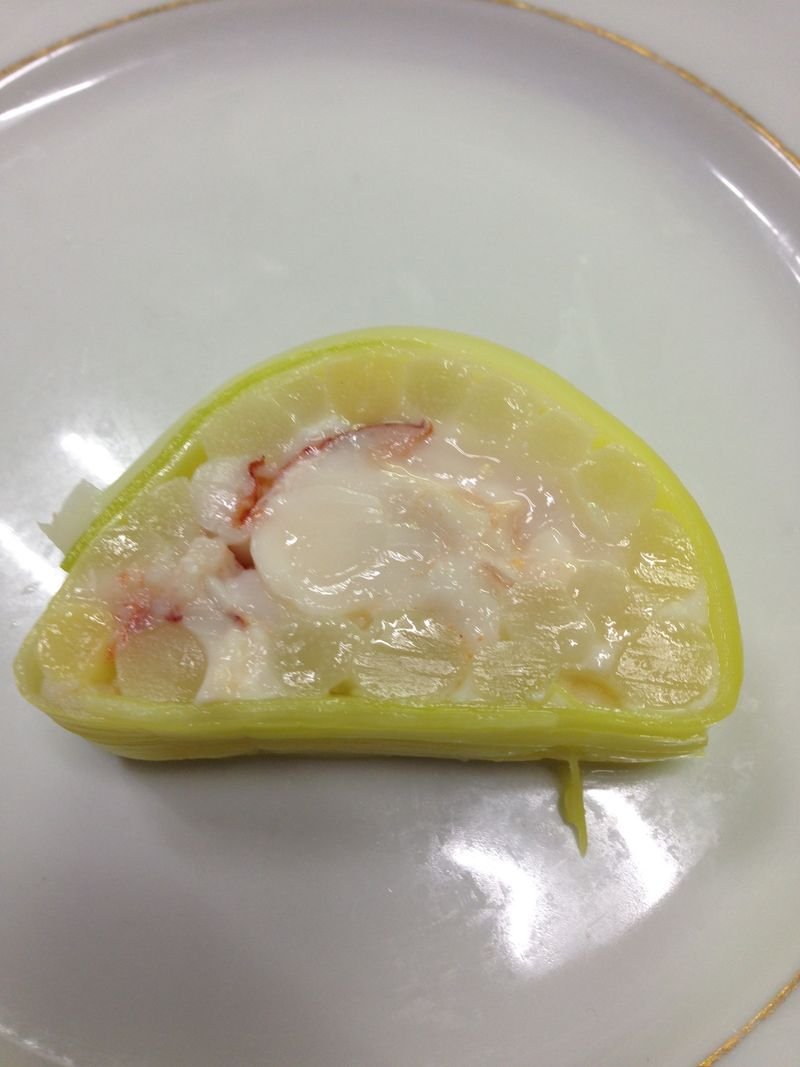
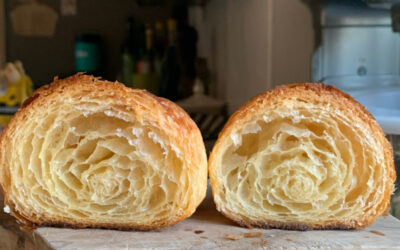

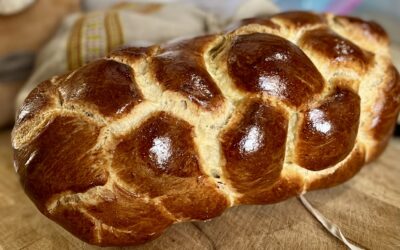
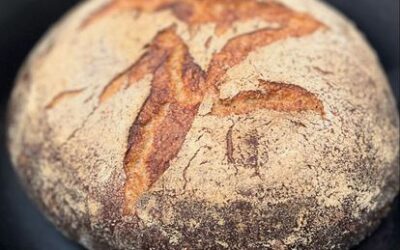
0 Comments